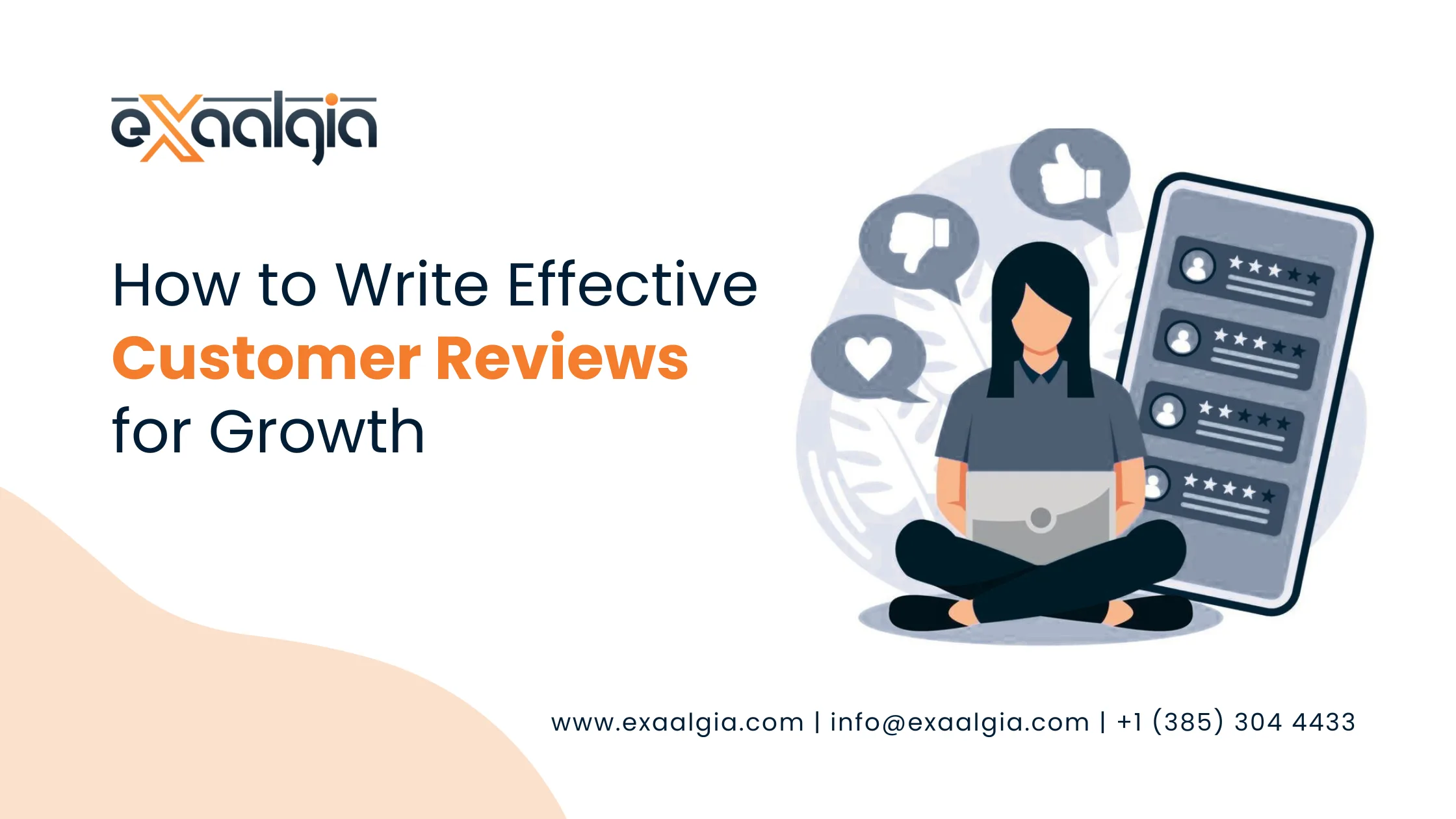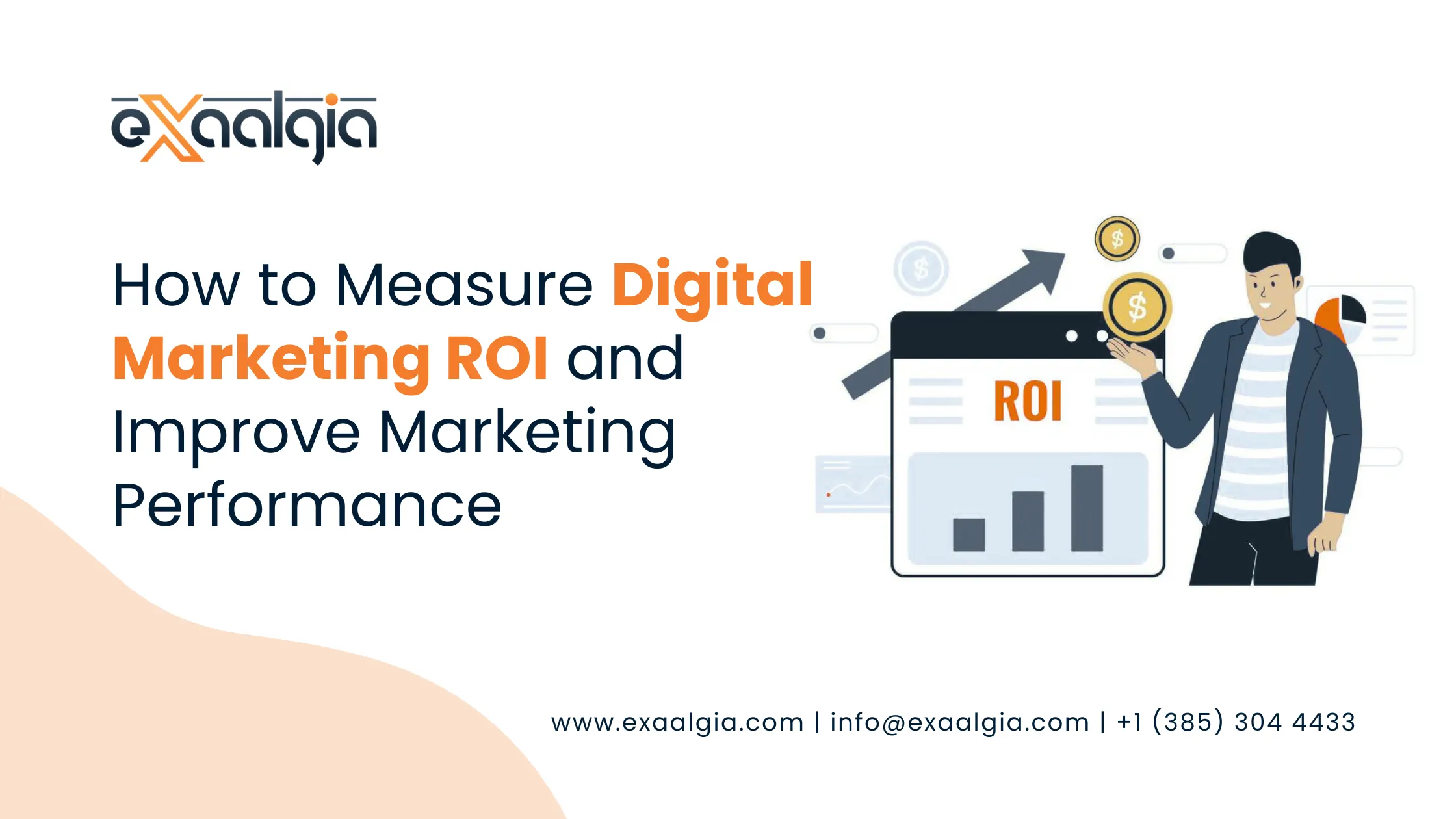In this blog, we’ll walk through practical, professional steps to assess whether a reciprocal link deserves your investment of time and energy.
Understanding Reciprocal Links
A reciprocal link is a two-way deal in which two sites point to each other, frequently to increase visibility or search engine ranking. Although this strategy was a staple of SEO in the past, current search engines such as Google favor quality and relevance over numbers. To ascertain whether a reciprocal link will suit your purposes, consider the following when assessing its worth.
1. Establish Relevance to Your Niche
The initial step involves guaranteeing that the other site is related to your sector or audience. A link from a closely related website is stronger than one from an unrelated category.
Why It Matters: Contextually relevant links inform search engines that your content is contextually related, adding credence to your site. For example, if you’re a digital marketing blog, a link from a web design or SEO site is much more valuable than one from an unrelated category such as auto repair.
How to Assess: Look over the content, focus areas, and audience of the site. Question: Does this site interest a comparable audience? Would my traffic find their material useful? Ahrefs or Moz would be able to analyze their keyword profile to verify congruence with your subject matter.
2. Assess the Authority and Credibility of the Website
Collateral with an authoritative, legitimate website is vital to the optimization of a reciprocal link’s benefits.
Why It Matters: High domain authority (DA) sites transfer more SEO value, which can enhance your rankings. Linking to spammy or low-quality sites, on the other hand, may harm the trustworthiness of your site in the search engine’s eyes.
How to Check: Employ tools such as Moz’s Domain Authority checker, Ahrefs’ Domain Rating, or SEMrush to determine the site’s authority. Target sites with a DA of 30 or more, based on your own site’s metrics. Manually check the site for the presence of low-quality signals such as heavy ads, thin content, or suspicious link patterns.
3. Analyze Traffic and Audience Engagement
A two-way link should ideally generate substantial traffic to your website. A website with a live, interactive audience is more likely to get click-throughs.
Why It Matters: A website with low traffic or low engagement provides little utility outside of marginal SEO value. A live audience can mean actual visitors to your website.
How to Assess: Use a tool such as SimilarWeb or Alexa to estimate volume of traffic on the site. Look at their social media accounts for engagement rates—likes, shares, or comments—to see how active your audience is. A blog entry with lots of interaction is a good sign of an active readership.
4. Evaluate Content Quality
The linking site’s content is a reflection on your site’s reputation. Quality content is essential for a link exchange worth your while.
Why It Matters: Quality, pertinent content indicates a legitimate site that’s likely to receive search engine favor and build a loyal following. Low-quality content may annoy users or indicate low credibility.
How to Assess: Scroll through the site’s most important pages or blog entries. Search for expertly researched, authentic content that’s updated frequently. Steer clear of outdated, weak, or sloppy content sites, since these are less likely to provide value.
5. Check Out Their Backlink Profile
A site’s backlink profile—whom they link to—tells a lot about their credibility and influence in their niche.
Why It Matters: A site with a clean, high-quality backlink profile can provide SEO benefits and enhance your site’s authority. Conversely, a profile filled with spammy or irrelevant links could harm your reputation.
How to Analyze: Analyze their backlinks using tools such as Ahrefs, Moz, or Majestic. Check for links from quality, authoritative sites within their niche. Avoid sites with backlinks from low-end sources, such as paid directories or link farms.
6. Take Link Placement and Context into Account
The location and setting of the reciprocal link have a great influence on its worth. An effectively placed link can generate traffic and SEO value, while an ineffectively placed one will fall flat.
Why It Matters: Links within useful, high-quality content—like a blog post—are more effective than links dumped into footers, sidebars, or generic “links” pages. Contextual links also seem more natural to search engines.
How to Assess: Ask the owner of the site where your link will be located. Ideally, it should be within an appropriate article or page, with natural anchor text being relevant to your content. Stay away from highly optimized keywords that may trigger red flags from search engines.
7. Balance the Effort With the Reward
Reciprocal linking takes time and effort—whether negotiating terms, producing content for a guest post, or sustaining the relationship. Make sure the potential reward is worth the investment.
Why It Matters: If the linking website provides low authority, little traffic, or poor relevance, your efforts will not return much.
How to Assess: Look at the traffic potential, SEO benefit, and networking value. Set these against the time and effort demanded. If the site’s statistics aren’t competitive, then it might not be worth your time.
8. Be on the Lookout for Red Flags
Certain reciprocal link propositions might sound good but be a sign of dangerous or manipulative SEO techniques.
Why It Matters: Having relations with sites that are involved in suspicious activities, like too many link exchanges or link schemes, will result in penalties from search engines and negatively affect your site’s rankings.
How to Judge: Be wary of websites that insist heavily on link exchanges or show indicators of low quality, like spammy content or unnatural link profiles. Check for suspicious activity using tools such as Ahrefs or Google Search Console, and rely on your instincts if something doesn’t smell right.
9. Establish a Relationship First
Before committing to a reciprocal link, consider establishing a rapport with the site owner to ensure a mutually beneficial partnership.
Why It Matters: A strong relationship can pave the way for additional opportunities, such as guest posts or future collaborations, while reducing the risk of working with unreliable partners.
How to Test: Begin with a small collaboration, such as social media mention or guest post, to gauge their professionalism and dependability. A good experience makes it more likely a returned link will be worth it.
Final Thoughts
Link reciprocity has the potential to be a powerful mechanism for increasing your site’s exposure and creating industry connections, but it’s not a catch-all strategy. By thoroughly evaluating a website’s relevance, authority, traffic, content quality, backlink profile, and link placement, you can make smart choices about which link swaps are worth your while. Opt for quality first, watch for red flags, and aim to create real partnerships.
A well-placed reciprocal link can bring targeted visitors, boost your SEO, and create new channels of opportunity. Take the time to do your research and make informed decisions—your site’s prosperity hinges on it.







